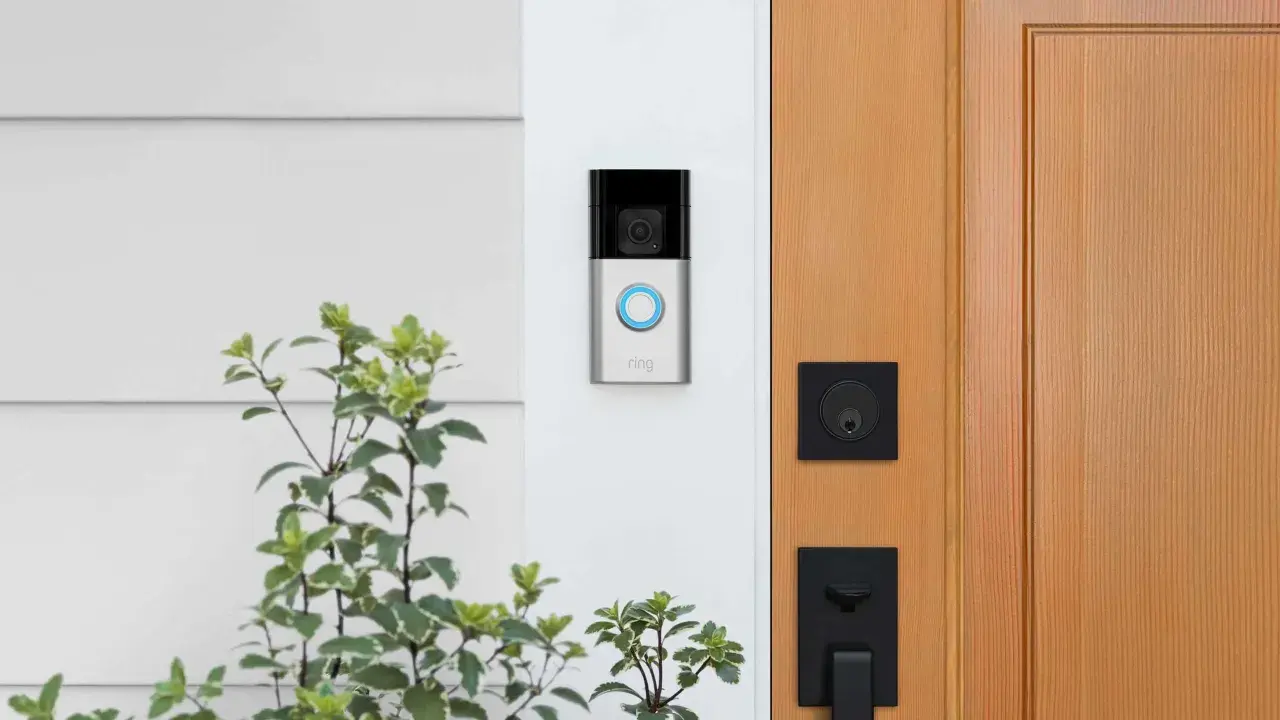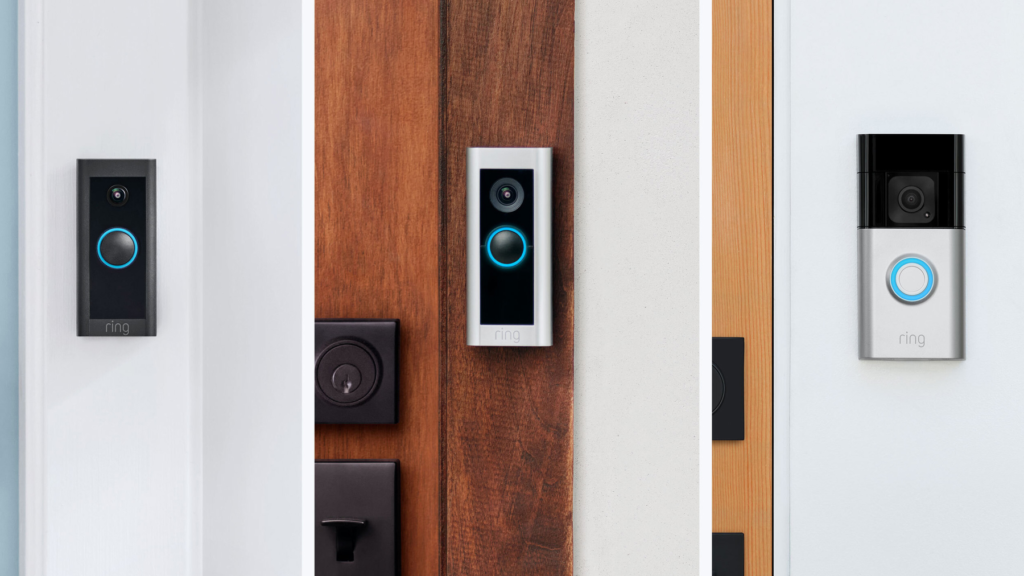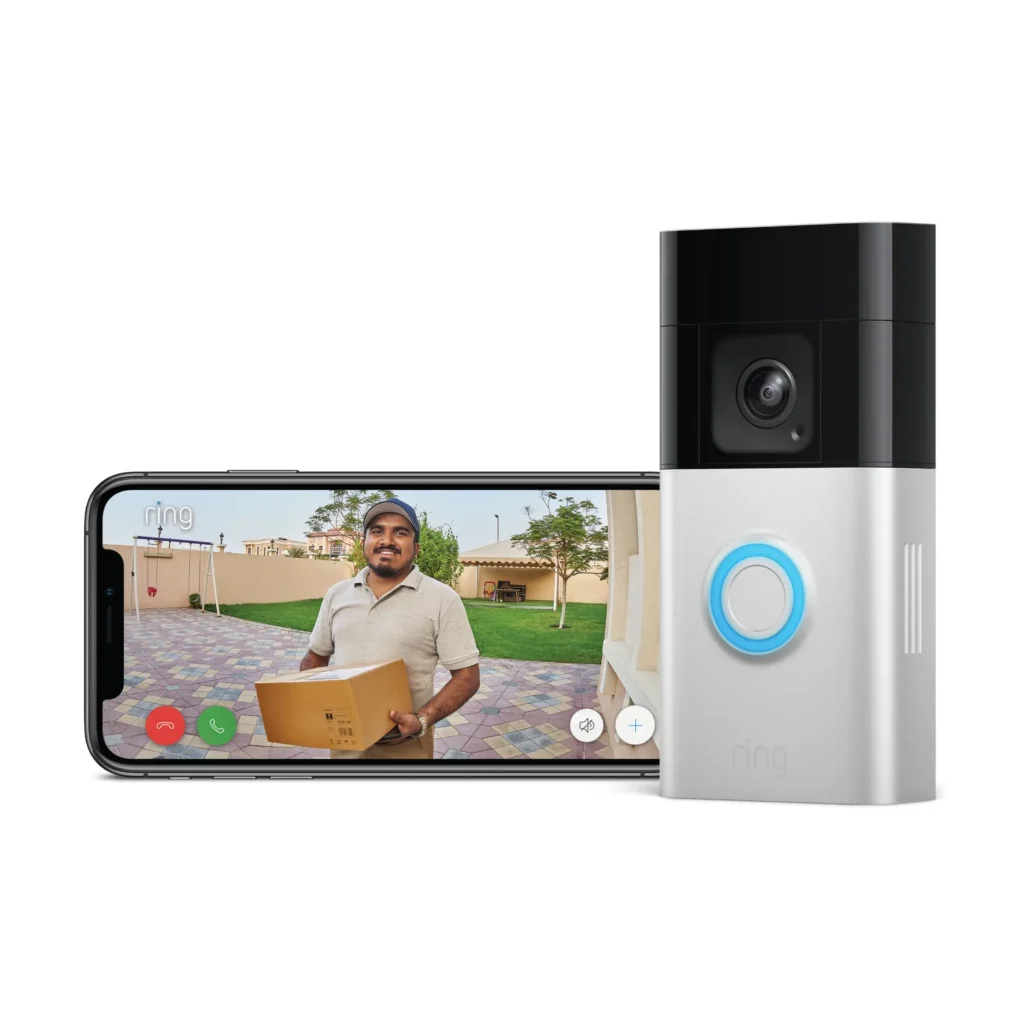
Overview
In today’s world, convenience and technology are at the forefront of home improvement. Battery-powered doorbells have emerged as a popular choice for many homeowners due to their ease of installation and versatility. Unlike traditional wired doorbells, battery-powered models offer flexibility and portability, making them ideal for various applications. This guide will provide an in-depth look at battery-powered doorbells, including their benefits, types, technical specifications, and more.
Benefits of Battery-Powered Doorbells
Installation Flexibility
One of the main advantages of battery-powered doorbells is their ease of installation. Unlike wired doorbells that require complex wiring and an electrician, battery-powered models can be installed quickly with minimal tools. This flexibility makes them perfect for renters, those looking to avoid invasive installation procedures, or anyone who prefers a DIY approach. Simply mount the doorbell with screws or adhesive, and you’re ready to go.
Cost-Effectiveness
Battery-powered doorbells are generally more affordable than wired alternatives, not only in terms of purchase price but also installation costs. With no need for professional wiring, homeowners can save significantly. The simplicity of these doorbells means that you can avoid the additional expense of hiring an electrician, which is often required for wired systems.
Portability
The portability of battery-powered doorbells is another major benefit. They can be easily moved from one location to another, making them suitable for seasonal use or temporary setups. This feature is particularly useful for those who frequently change residences or want to relocate their doorbell to a different entrance.
Types of Battery-Powered Doorbells

Traditional Models
Traditional battery-powered doorbells offer basic features such as chimes or tones when the button is pressed. These models are straightforward and generally more affordable. They are a great choice if you’re looking for a no-frills, reliable doorbell that gets the job done without extra features.
Smart Doorbells
Smart battery-powered doorbells have revolutionized the market with their advanced features. These models integrate with smart home systems, allowing users to receive notifications on their smartphones, view video feeds, and communicate with visitors through two-way audio. Popular brands include:
- Ring: Known for its extensive range of smart doorbells, offering features like HD video, motion detection, and integration with Alexa.
- Nest Hello: Google’s smart doorbell that provides high-definition video, smart alerts, and seamless integration with Google Home.
- Arlo: Offers doorbells with high-quality video, customizable motion detection, and robust security features.
Customizable Doorbells
For those who want to add a personal touch, customizable battery-powered doorbells are available. These models allow users to choose different ringtones, button designs, and even customize the doorbell’s appearance to match their home’s décor. Customizable options cater to individuals who want their doorbell to be both functional and stylish.
Technical Specifications
Battery Life
Battery life is a critical factor when choosing a battery-powered doorbell. On average, these doorbells last between 6 to 12 months on a single charge, depending on usage and the specific model. Factors such as the frequency of button presses, video streaming, and environmental conditions can influence battery longevity. Some models offer features like low-battery notifications to ensure you’re aware when it’s time to recharge or replace the battery.
Power Source and Battery Types
Battery-powered doorbells typically use either rechargeable lithium-ion batteries or disposable batteries. Rechargeable models are more environmentally friendly and often come with a charging dock or cable. Disposable batteries, such as AA or CR123A, are common in simpler models and are easy to replace but may require more frequent changes.
Signal Range and Connectivity
Most battery-powered doorbells use wireless communication standards like Wi-Fi or Bluetooth. Wi-Fi-enabled doorbells offer broader connectivity range and are ideal for smart models that require internet access for features like video streaming and notifications. Bluetooth models are more limited in range but can still offer reliable performance for basic functions.
Installation and Maintenance
Installation Process
Installing a battery-powered doorbell is a relatively straightforward process. Here’s a general guide to help you with the installation:
- Choose the Location: Select a spot near your door where the doorbell will be easily accessible and visible.
- Mount the Bracket: Use the included screws or adhesive strips to secure the mounting bracket to your wall.
- Attach the Doorbell: Snap or slide the doorbell unit onto the bracket.
- Pair with Your Device: For smart doorbells, follow the manufacturer’s instructions to connect the device to your home’s Wi-Fi network and smartphone app.
Maintenance Tips
Maintaining your battery-powered doorbell ensures its longevity and performance:
- Battery Replacement: Check the battery level periodically and replace or recharge as needed. Follow the manufacturer’s guidelines for battery type and replacement procedures.
- Cleaning: Wipe the doorbell’s surface regularly to keep it free from dust and debris. Use a soft, dry cloth to avoid damaging sensitive components.
- Troubleshooting: Common issues include connectivity problems or poor battery performance. Consult the user manual or manufacturer’s support for troubleshooting tips.
Security and Privacy Concerns

Data Protection
For smart battery-powered doorbells, data security is paramount. Ensure your doorbell has encryption protocols to protect video feeds and personal information. Regularly update the device’s firmware to address any security vulnerabilities and review privacy settings to control who has access to your data.
Physical Security
Physical durability is another consideration. Choose models designed to withstand various weather conditions and resist vandalism. Weatherproofing features ensure that the doorbell remains functional despite exposure to rain, snow, or extreme temperatures.
Cost Analysis
Initial Costs
The cost of battery-powered doorbells can vary significantly based on features and brand. Basic models start at around $30, while smart doorbells with advanced capabilities can range from $100 to $300 or more. Consider your budget and desired features when selecting a model.
Long-Term Costs
In addition to the initial purchase price, factor in long-term costs such as battery replacements and potential subscription fees for smart features. Some smart doorbells require a monthly or annual subscription for cloud storage and additional functionalities.
Consumer Reviews and Satisfaction
User Experience
User reviews often highlight the convenience and ease of installation of battery-powered doorbells. Common praises include flexibility and affordability, while some complaints may revolve around battery life or connectivity issues. Reading user testimonials can provide valuable insights into real-world performance.
Expert Opinions
Industry experts frequently recommend smart doorbells for their comprehensive features and integration with modern smart home systems. Reviews and ratings from tech websites can offer additional guidance on the best models and brands to consider.
Future Trends and Innovations
Advancements in Technology
The future of battery-powered doorbells is likely to see continued advancements in technology. Expect improvements in video resolution, battery life, and smart features. Emerging technologies such as AI and machine learning may enhance functionalities like facial recognition and automated responses.
Integration with Emerging Technologies
Battery-powered doorbells are increasingly compatible with smart home ecosystems. Look for models that integrate seamlessly with platforms like Amazon Alexa, Google Assistant, or Apple Home Kit. These integrations allow for enhanced control and automation, making your doorbell an integral part of your smart home.
FAQs
- How long does the battery in a battery-powered doorbell last?
- On average, the battery life ranges from 6 to 12 months, depending on usage and model. Some doorbells come with features to notify you when the battery is low.
- Can I install a battery-powered doorbell myself?
- Yes, battery-powered doorbells are designed for easy installation. Most models come with mounting hardware and straightforward instructions for DIY installation.
- What type of batteries do battery-powered doorbells use?
- Battery-powered doorbells typically use rechargeable lithium-ion batteries or disposable batteries such as AA or CR123A. Check the manufacturer’s specifications for the recommended battery type.
- Are smart battery-powered doorbells secure?
- Smart doorbells generally include encryption and security features to protect your data. Regularly updating the firmware and managing privacy settings can help ensure your device remains secure.
- How much does a battery-powered doorbell cost?
- Prices vary based on features and brand. Basic models start around $30, while smart doorbells with advanced features can cost between $100 and $300 or more.
Conclusion
Battery-powered doorbells offer a blend of convenience, affordability, and flexibility that makes them an attractive option for many homeowners. Whether you’re interested in a simple traditional model or a high-tech smart doorbell, there’s a wide range of options to suit various needs and budgets. By understanding the benefits, types, and technical specifications, you can make an informed decision that enhances your home’s entryway while enjoying the ease of a battery-powered system. As technology continues to evolve, keep an eye out for new features and innovations that may further improve the functionality and value of battery-powered doorbells.







